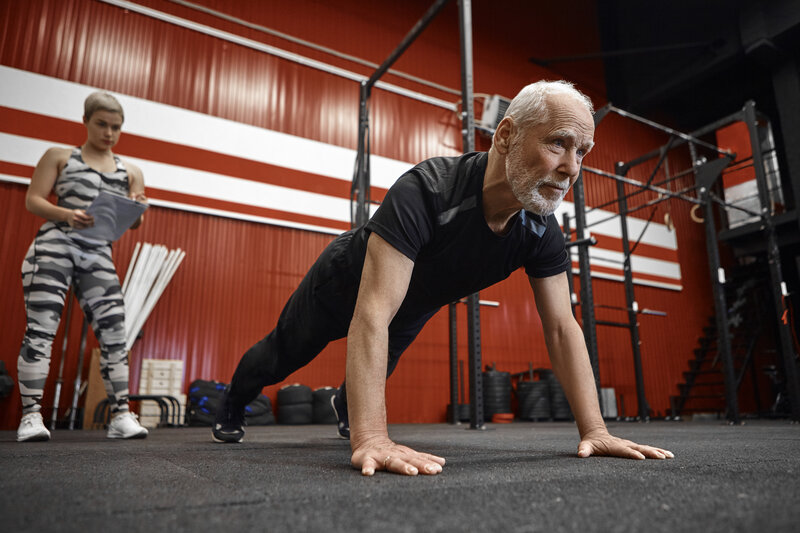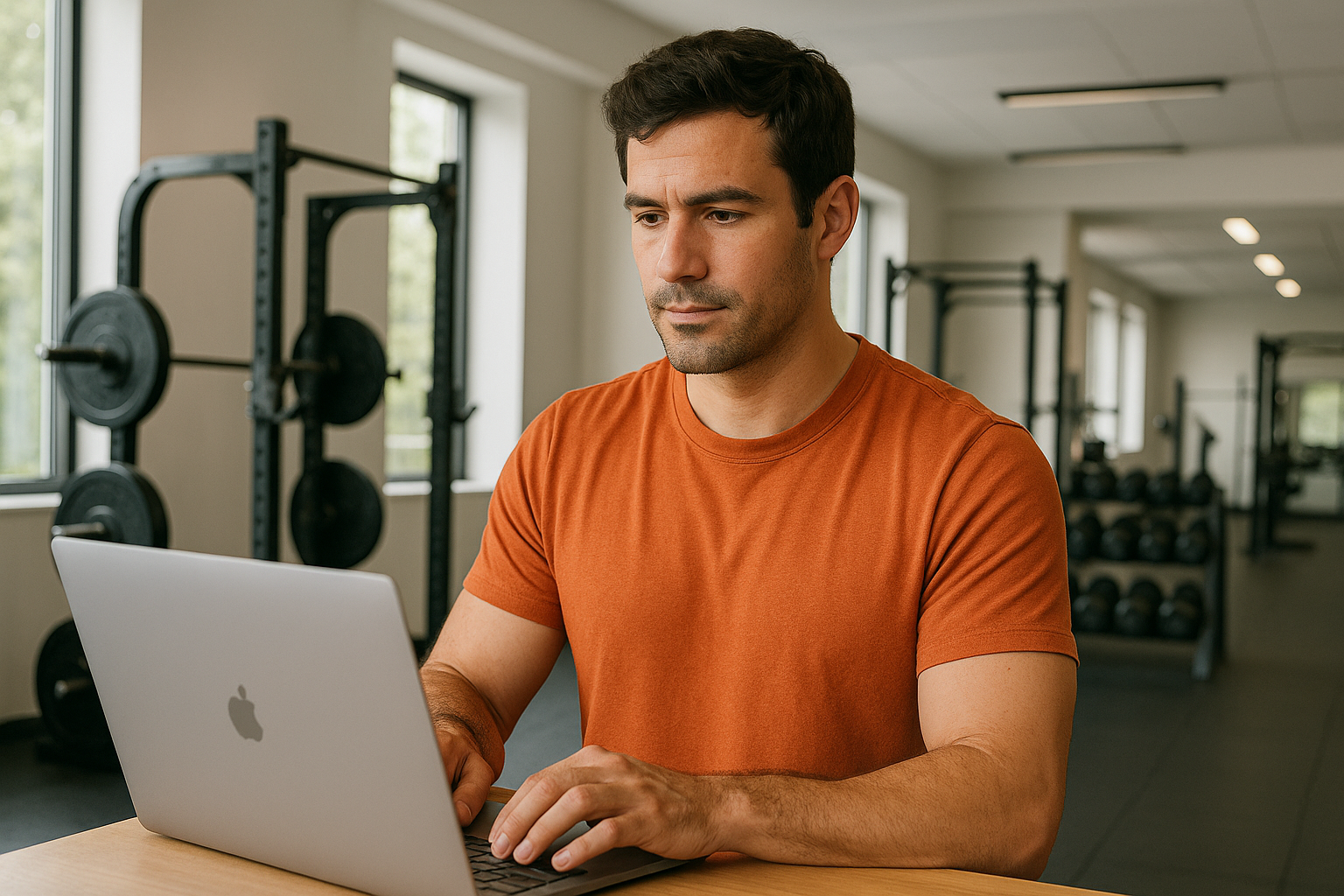As gyms are finally beginning to reopen and members are starting to return to their normal training routines, there is one population who is proving a bit more reluctant to return to in-person training: older adults.
This is an issue because older adults are one demographic who stands to gain the most when it comes to regular physical activity in terms of prevention and management of chronic diseases as well as the overall quality of life benefits. Not only that, but research by Nuffield Health shows that they are the most steady and frequent gym-goers**,** which means they are both a stable and steady revenue source for your club.
Recent years have seen a major increase in the sheer number of seniors who are joining gyms and health clubs, but COVID-19 restrictions have set this trend dead in its tracks. The good news is that since older adults are amongst the first ones to be fully vaccinated, they are also one of the safest populations to be welcomed back into your facility.
If you are struggling to get older adults back into your gym, or your older personal training clients are hesitant to return to in-person training, there are a few things you can do to focus on this important demographic to attract these loyal clients back to the gym.
The big picture is about making older clients feel safe, prioritizing clear communication, educating them on technology, and walking them through the post-COVID-19 gym protocols to make them feel comfortable and confident when returning to the gym.
The Importance of Older Clients
As a quick refresher, seniors and the 50+ demographic are a population of clients that has the potential to add stable and steady revenue to your club or facility. People from within this demographic are usually settled in place, have the expendable income to spend on full-time memberships, have the time to dedicate to caring for their health and prioritizing physical activity, and are intensely brand-loyal.
In fact, members over the age of 50 are more likely to continue a gym membership than any other age group.
Seniors and aging adults are aware of the myriad of health benefits to be gained from regular exercise, so their motivation to go to the gym extends far beyond aesthetics. Aging adults exercise to reduce their risk of falls or injury, to reduce or manage chronic pain, to reduce muscle loss, and to improve sleep quality. The gym becomes a haven for social interaction, a place to manage stress, and a way to improve their overall quality of life.
Communication
Communication with this audience in a way that is accessible to them is crucial. This relates to all stages of returning to the gym, from welcoming them back, to clearly communicating the new rules and hygiene standards, all the way to the rapport you build with members and clients.
Welcome Back!
Notifying your members that you are once again open for in-person training is key. They might not be on social media, so you will have to meet them where they’re at. You can invest in printed media- like a welcome back postcard or go the more personal route with a phone call. Either way, make sure your members in the 50+ age group are aware you are open and receiving clients again.
See More: How to boost your occupancy rate post-COVID-19
Once your members are back on-site**, a personal re-introduction to the facility** will make them feel more comfortable in getting back. Below we’ll go over the details about walking clients through new gym regulations and standards.
Build Personal Rapport
It is essential to remember that each client is different and while some aging adults might want to reap the benefits of being seniors, others do not want to be treated as if they are fragile, old, or frail. So keep in mind that communication is a two-way street and that listening is half of the equation.
Bringing aging adults back to the gym means being a caring and compassionate trainer or gym owner who understands them, creates workouts that service their personal goals, pushes them when necessary, and knows when to pull back. At the end of the day all clients, seniors or otherwise, want to feel seen and heard.
Technology
There is no doubt that the last 12 months have seen immense digitization of the fitness industry. And even though we are poised to return to in-person training, most gyms still aim to create a hybrid experience that seamlessly blends technology with the on-site gym experience.
This stands to be an issue for bringing older adults back to the gym, as technology, on the whole, can be a confusing and frustrating experience as this population sometimes struggles with using devices/software but also fails to understand the benefits of said technology and so is not able to enjoy the experience.
A lack of understanding of any technology you have implemented in your facility may leave aging adults feeling intimidated and hesitant to return.
Your facility will need to consider these challenges and develop a clear and consistent policy for educating your older clients on newly implemented technology. In much the same way that personal trainers teach their clients how to use machines, they can also teach them how to use their app for check-ins, bookings time slots, receive notifications from their trainer, and how to access class schedules, etc.
Make sure your employees are fully trained on both sides of the tech so that if a client runs into difficulty, the trainer knows exactly how the app looks and runs from the client’s perspective, and can assist. Educating your older clients on the technology will help them gain confidence in their ability to use the application and avoid unnecessary frustration.
Don’t have the technology yet? Learn how to increase member retention with a digital engagement solution .
Managing Expectations and Make Them Feel Comfortable
Invite them for a special reintroduction tour of the club to make them feel more comfortable.
This should be a hands-on tour that shows them exactly how the gym will work in the post-COVID era. Are the changing rooms still closed? Are you encouraging members to schedule their arrival through a booking system? Are they supposed to be checking in online as opposed to the front desk? Walk them through your new hygiene and social distancing policies and make sure it is also visible for all members to see.
See more: The ultimate checklist for reopening your gym after lockdown
What it comes down to is this: aging adults are a demographic who may be reluctant to return to on-site training post-COVID-19. By investing time in your older clients through communication and education, you can make them feel more confident and comfortable in returning to the gym, will be rewarded with their loyalty.




